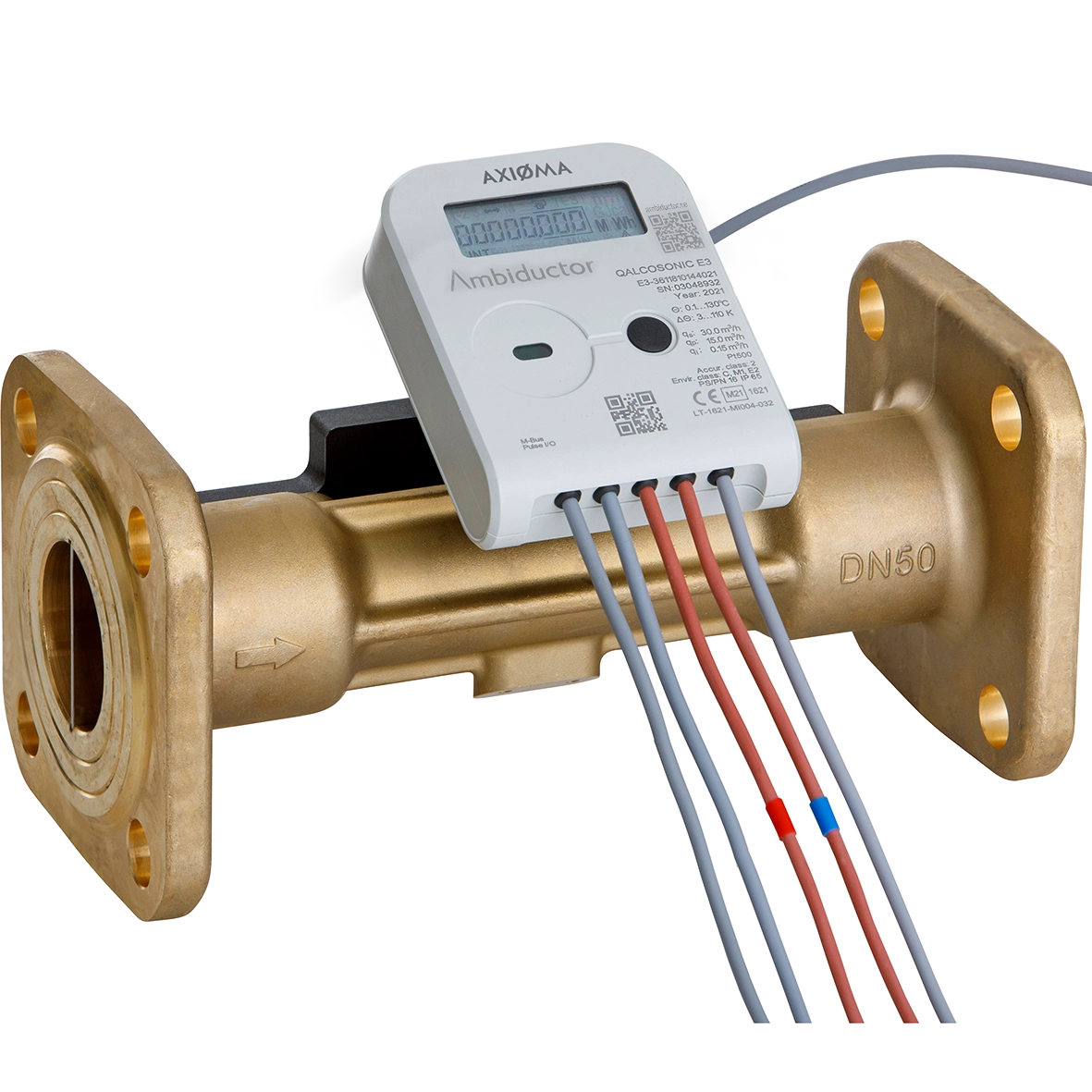
Why measure heat consumption?
Reduced energy costs. By monitoring heat consumption, building owners and property managers can gain better control over energy costs. By analyzing consumption data, they can identify energy-hungry areas or systems, and thereby take action to reduce costs.
Optimized energy use and operation. Heat quantity measurement provides an overview of where and when heat is used the most. With this data, heating systems can be optimized, for example by lowering the temperature at night or during weekends when the building is empty, which helps create a more efficient and resource-saving operation.
Environment and sustainability. By reducing energy consumption for heating, the building also reduces its carbon footprint, contributing to sustainable development. For businesses and property owners with sustainability goals, heat quantity measurement is an important part of achieving these goals and reducing environmental impact.
Better comfort and indoor climate. With heat quantity measurement, it can be ensured that the heat distribution in the building is even and tailored to needs. This can improve the indoor climate for those in the building by ensuring that the temperature is stable and comfortable in all rooms.
Detection of inefficient or faulty systems. Sudden increases in heat consumption can be a sign of inefficient systems, leaks, or other problems. Through heat quantity measurement, such changes can be identified in real-time, facilitating preventive maintenance and reducing the need for costly repairs.
Support for energy optimization projects and certifications. Buildings striving for certifications, such as Miljöbyggnad or BREEAM, often need to document their energy performance. Heat quantity measurement enables the collection of data and monitoring of energy consumption, facilitating compliance with certification requirements and supporting efforts for energy efficiency.
Enkey's solution for heat measurement
Enkey's heat quantity meter connects wirelessly to Enkey Building Insight®, allowing real-time readings of heat output and temperatures as well as heat consumption. This is cost-effective and facilitates analysis and optimization, as measurement data is collected and visualized automatically.